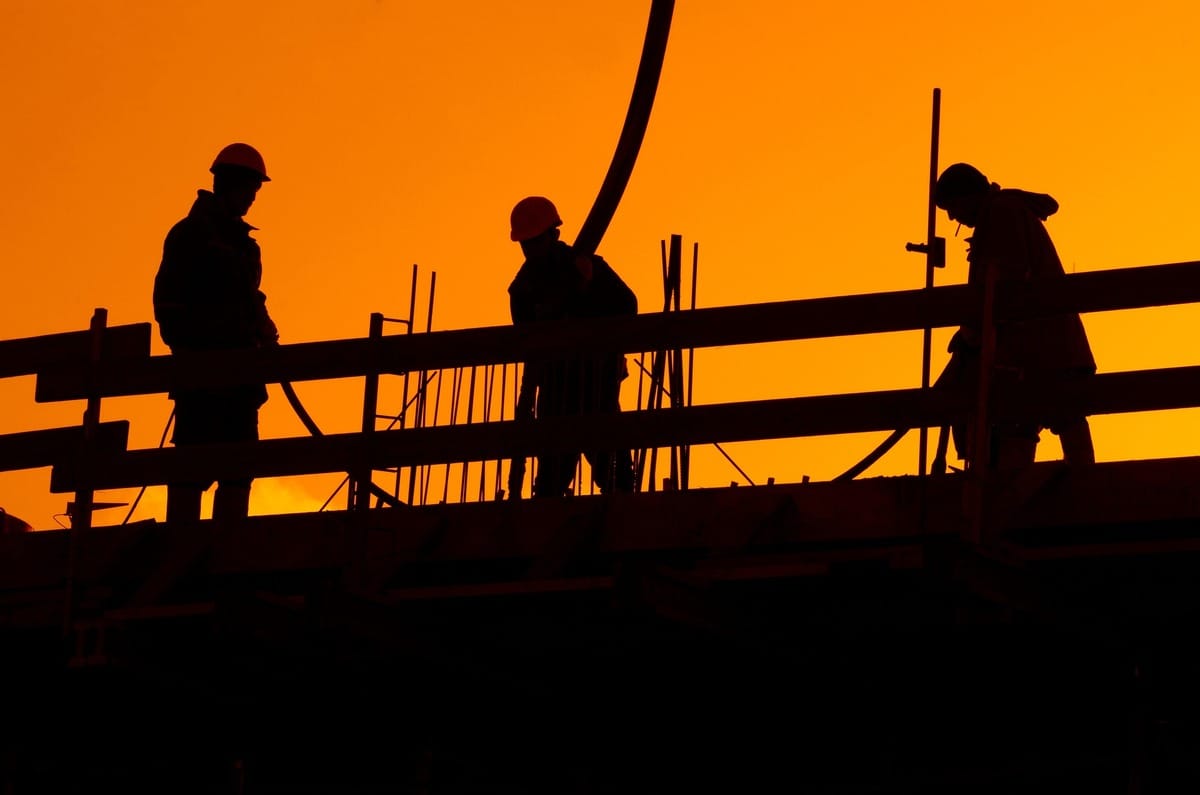- Full Brim Safety
- Posts
- Understanding Confined Spaces
Understanding Confined Spaces
Full Brim Safety: Build Smart, Build Safe

Understanding Confined Spaces
Welcome back, let's Build Smart & Build Safe! This week, we're tackling a high-risk area of safety that demands absolute precision: Confined Space Entry.
A confined space is a deceptively simple hazard. Many are not obviously dangerous, but they contain hidden risks that can be instantly fatal. Understanding what a confined space is and why it's so dangerous is the first step in protecting yourself and your team.
What is a Confined Space?
A confined space has three key characteristics:
It is large enough for someone to enter and perform work. (Think tanks, silos, pits, crawl spaces, utility vaults, elevator shafts).
It has limited or restricted means for entry or exit. (A single small opening, a narrow passageway).
It is not designed for continuous occupancy. (It's a space you enter to perform a specific task and then leave).
Permit-Required vs. Non-Permit
Simply put, a permit-required confined space is a confined space that contains a recognized hazard. These hazards can include:
A dangerous atmosphere (e.g., low oxygen, flammable gases, toxic vapors).
The potential for engulfment (e.g., grain, sand, water).
A configuration that could trap or asphyxiate a worker (e.g., a sloped floor that funnels a worker into a smaller area).
Any other recognized serious health or safety hazard.
Knowing the difference between a confined space and a permit-required confined space is the foundation of working safely. Never enter a confined space without the proper training and a written permit, especially a permit-required confined space.
Tomorrow, we'll dive deeper into the specific atmospheric and physical hazards that make these spaces so deadly.
Don't forget to sign your friends up for Full Brim Safety for your daily dose of construction safety tips!
-The Safety Man
